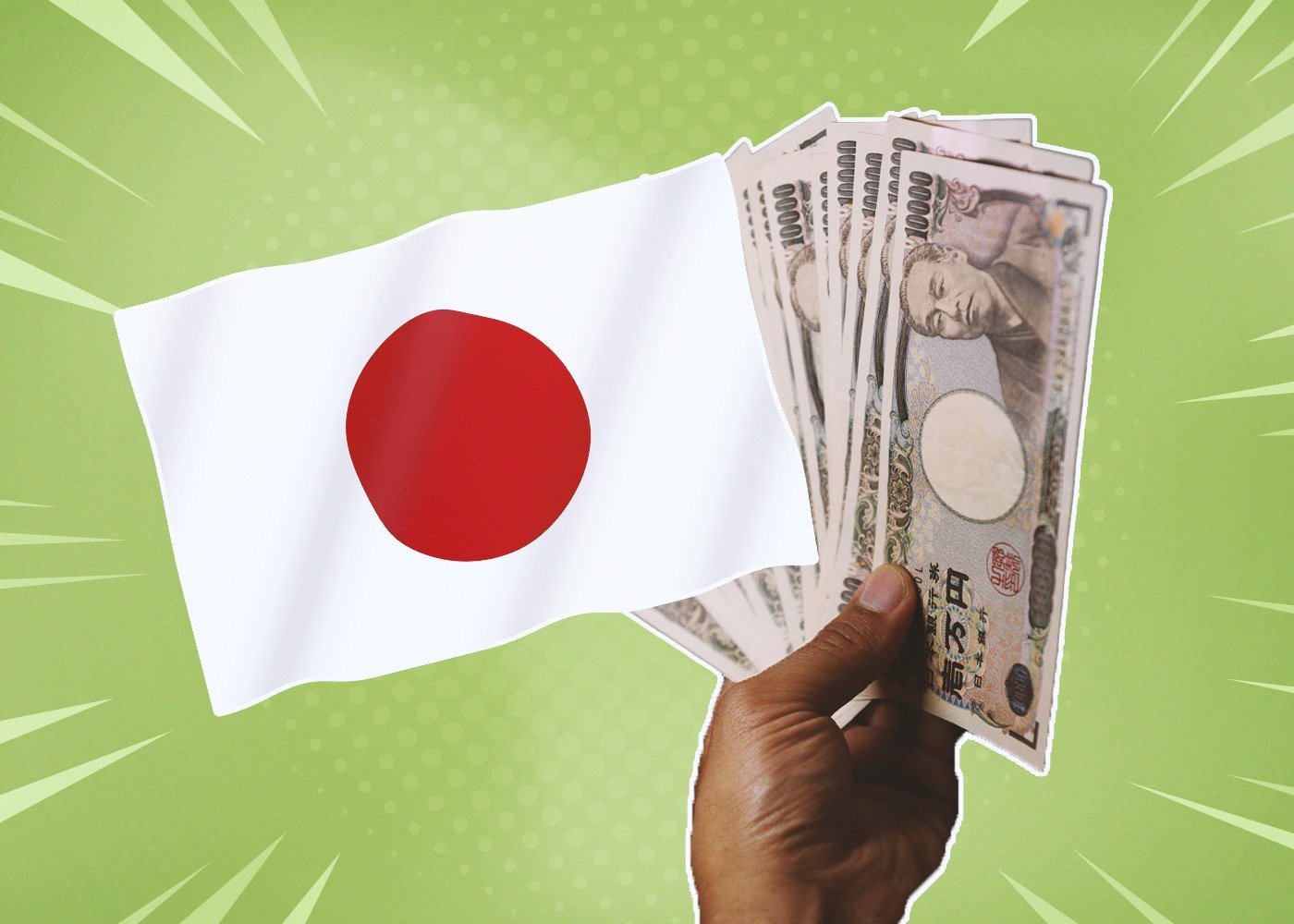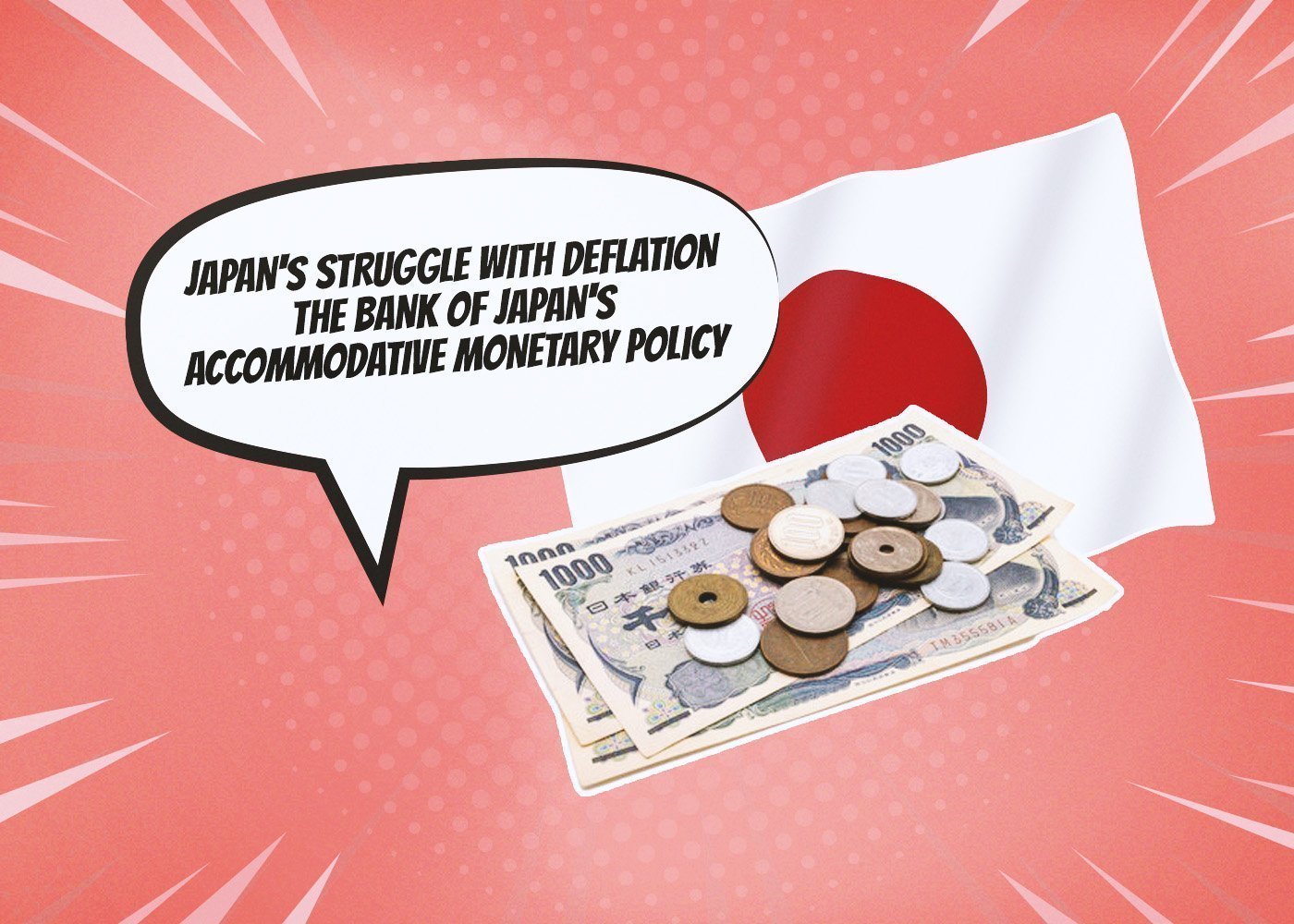Japan’s monetary policy is primarily set by the Bank of Japan (BOJ), which is the country’s central bank. The BOJ has been implementing a highly accommodative monetary policy to combat deflation, which has been a persistent problem in the Japanese economy for many years.
In order to achieve its monetary policy goals, the BOJ has been using a variety of tools, including interest rate adjustments, quantitative easing, and forward guidance. Interest rate adjustments involve setting the overnight call rate target, which is the rate at which commercial banks can borrow and lend money from the BOJ. When the BOJ lowers this rate, it becomes cheaper for banks to borrow money and lend it to businesses and consumers, which can stimulate economic growth.
Bank of Japan’s (BOJ) Quantitative Easing and Deflation Challenge
Quantitative easing involves the BOJ buying large amounts of government bonds and other financial assets, which increases the supply of money in the economy and helps to stimulate lending and investment. The BOJ also uses forward guidance to communicate its monetary policy intentions to the public, which can help to influence expectations and shape economic behavior. Despite these efforts, Japan has struggled to achieve its inflation target of 2%. In fact, Japan has experienced negative inflation, or deflation, for much of the past two decades. This has been caused by a variety of factors, including an aging population, sluggish economic growth, and a high level of debt.
Negative inflation can be harmful to an economy because it can lead to a decrease in spending and investment as consumers and businesses delay purchases in the hope of lower prices in the future. In addition, deflation can make it more difficult for borrowers to repay loans, which can lead to defaults and financial instability. To combat negative inflation, the BOJ has continued to implement highly accommodative monetary policy, including a commitment to maintain extremely low interest rates and asset purchases. However, it remains to be seen whether these policies will be effective in achieving the BOJ’s inflation target and promoting sustainable economic growth in Japan.

The Impacts of a Deflating Economy: Reduced Consumer Spending, Lower Business Profits, Increased Debt Burden, and More
A deflating economy, also known as deflation, is a situation where the general price level of goods and services in an economy is decreasing. This can have a number of impacts on different aspects of the economy and society, including:
- Reduced consumer spending: In a deflating economy, consumers may delay purchases in the hope of lower prices in the future. This can lead to a decrease in overall spending, which can further reduce economic activity and contribute to a downward spiral.
- Lower business profits: As prices decrease, businesses may have to lower their prices to remain competitive. This can lead to lower profit margins and make it harder for businesses to invest and grow.
- Increased debt burden: Deflation can make it more difficult for borrowers to repay loans because the real value of the debt increases as prices decrease. This can lead to defaults and financial instability.
- Lower wages: In a deflating economy, wages may also decrease as businesses try to remain competitive by reducing their costs. This can lead to a decrease in consumer purchasing power and further reduce economic activity.
- Increased unemployment: As economic activity slows down and businesses struggle, unemployment rates may increase as companies lay off workers to cut costs.
- Decreased investment: Deflation can make it less attractive for businesses and investors to invest in new projects and ventures, as the potential returns are reduced by lower prices.
Overall, deflation can lead to a vicious cycle of reduced spending, decreased economic activity, and increased unemployment, which can be difficult to break out of. This is why central banks and governments often take action to combat deflation and promote economic growth.








